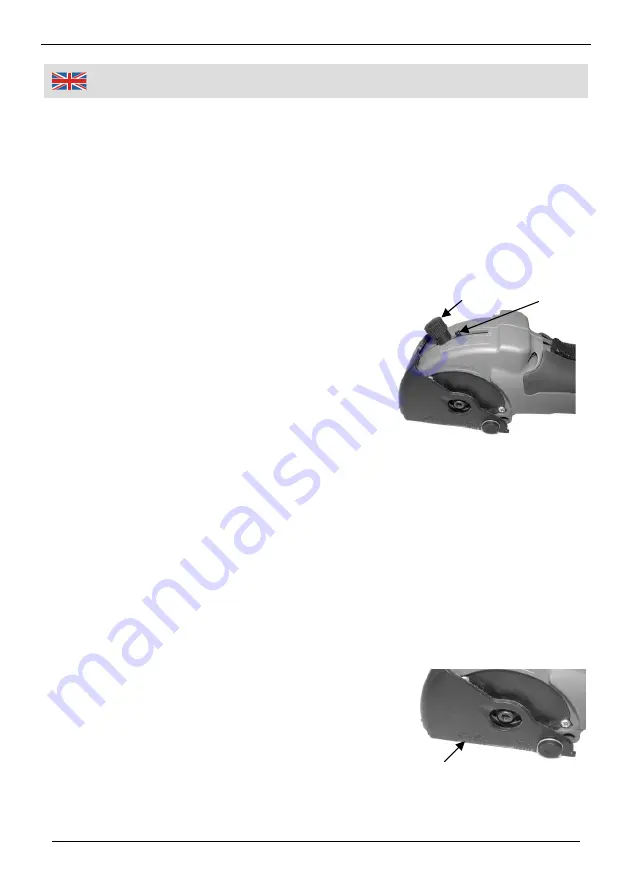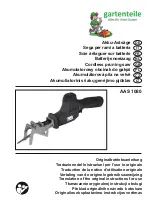
15
Operation
turning clockwise and remove the screw and the saw blade.
4. Insert the new saw blade. The direction of the arrow on the saw blade must
be in accordance with the arrow on the housing. Make sure the centre hole
of the saw blade exactly matches the outer ring of the inner flange.
5. Finally, check the correct position of the saw blade in its slot. It has to be
parallel to the slot of the safety hood.
Cutting Depth
1. The depth of cut can be set in millimetres by
adjusting the cutting depth limiter (3).
2. Unscrew the cutting depth limiter by turning
clockwise and slide the depth limiter to the
desired position. Fasten it when the end of
the slide (D) lines up with the desired depth
figure on the scale.
When cutting wood, the depth of cut should
be set to slightly greater than the thickness of
the material for best results.
When cutting plastics the depth of cut should be set to slightly greater than
the thickness of the material. If melting occurs, a greater depth setting will
improve results.
When cutting sheeting, the depth of the cut should be set to approximately
1 mm greater than the material thickness for best results.
The depth can be set to the same as the material thickness when cutting
wood or plastics to prevent marking of the surface below. This may result
in a rough edge on the other side of the work piece.
Marking the Cuts
When making cut outs it is desirable to know exactly
where the cut will start and stop to prevent unsightly
over cutting.
Indication numbers (E), which correspond to the
depth setting, are marked on both sides of the safety
hood to show where the cut starts and stops.
3
D
E








































